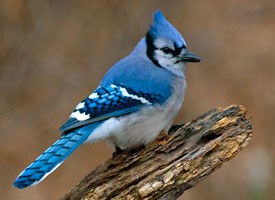Adventuring our way through Big Bend on an Easter Break jaunt, we started off by hiking a trail up to a hidden waterfall called Cattail Falls. Because the trail is not put on trail maps to protect its delicate ecosystem, we only passed by perhaps two groups of people coming down from the falls as we were going up. We passed by one gentleman and asked how the falls looked today. The falls were more of a trickle despite the recent rain, he admitted, but there were tons of what he thought might be orchids surrounding the falls that made the trip up worth it.
We hiked on, excited at the prospect of the shade and cool of the waterfall, as well as these supposed orchids. We finally arrived, our feet aching and skin starting to tinge pink from oncoming sunburn. The waterfall was indeed a trickle, but the shade and cool were a relief. Plus, the flowers that had been promised were indeed abundant. Patches of tall yellow flowers surrounded the small pool at the base of the falls at every side, trailing outward into the surrounding shady areas but not venturing into sunnier areas. However, as I learned, these flowers were not in fact orchids but Longspur Columbine, native to the Chisos Mountains. It made sense that the Longspur Columbine was nowhere to be seen on our walk through the glaring sun, but only appeared near the shade of the falls. Columbine plants love shade and need a lot of moisture, which the nearby falls are able to provide. Seeing these beautiful plants surrounding the pool was worth the hike, even if they weren’t orchids.
Source: http://www.wildflower.org/plants/result.php?id_plant=AQLO
iNaturalist Link: http://www.inaturalist.org/observations/5977491



 suburban areas, especially near oak trees or bird feeders. The blue jay’s diet is fairly varied. They eat insects, nuts and seeds, grains, dead or injured small vertebrates, and are even known to steal the eggs of other birds!
suburban areas, especially near oak trees or bird feeders. The blue jay’s diet is fairly varied. They eat insects, nuts and seeds, grains, dead or injured small vertebrates, and are even known to steal the eggs of other birds!